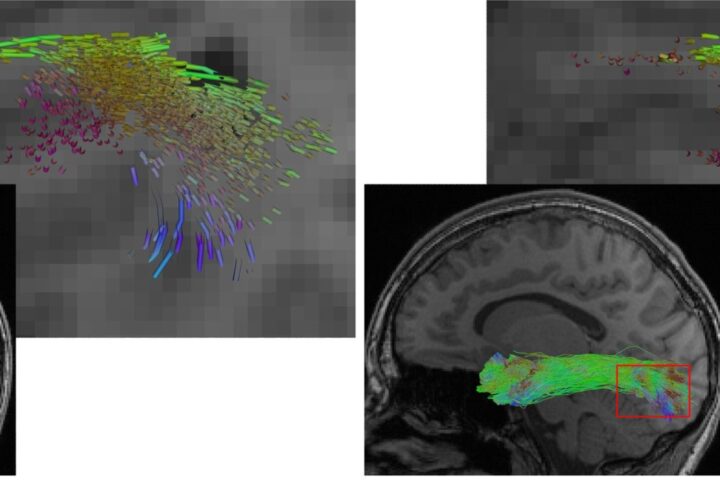In the ever-evolving world of technology, the line between science fiction and reality continues to blur. Leading the charge in this fusion is Xiaomi, the Chinese tech giant, with its recent unveiling of the CyberDog 2. This robotic canine, touted as a companion for the future, has garnered both admiration and skepticism. But what does this innovation truly bring to the table, and are we ready for it?
The Evolution of CyberDog
The CyberDog 2 is not Xiaomi’s first foray into the realm of robotic companions. Its predecessor, the CyberDog, was introduced in 2021 and was met with mixed reactions. While its capabilities were impressive, its mechanical appearance left many feeling uneasy. Fast forward to today, and the CyberDog 2 presents a more refined, dog-like appearance, closely resembling the Doberman Pinscher. Standing at 14 inches and weighing 20 pounds, it’s a compact marvel of modern engineering.
Features and Capabilities
Beyond its aesthetics, the CyberDog 2 boasts a plethora of advanced features. Its AI-driven “brain” system is powered by an NX processor, supplemented by two secondary brains with dual coprocessors. This allows the robotic dog to perform a range of actions, from backflipping off skateboards to responding to voice commands and even reacting to a chin scratch with playful barks.
Its sensory capabilities are equally impressive, with multiple cameras, ultrasonic sensors, and LiDAR ensuring seamless navigation. The CyberDog 2’s self-learning AI, which analyzed data from 30,000 robot dog models, enables it to mimic canine behaviors, making it more lifelike than ever.
The Pros and Cons
Advantages:
Open-Source Customization: Xiaomi has designed the CyberDog 2 with open-source programming, allowing enthusiasts and developers to customize its functions.At $1,800, the CyberDog 2 is much more affordable than competitors like Boston Dynamics’ Spot, which costs $75,000. Emotional Connectivity: The CyberDog 2 is designed to connect with humans emotionally, responding to their moods and needs.
Disadvantages:
Ethical Concerns: The introduction of such lifelike robots raises questions about our relationship with technology. Can a machine truly replace the emotional bond between humans and pets? Safety and Privacy: With its advanced sensory capabilities, there are concerns about privacy and the potential misuse of the data it collects. Dependency: Relying too heavily on robotic companions might lead to decreased human interaction, further isolating individuals.
Similar Post
A Glimpse into the Future
The rise of AI and robotics is undeniable. With innovations like ChatGPT and Bard making waves, the integration of AI into our daily lives is accelerating. While the CyberDog 2 is a testament to technological advancement, it also serves as a reminder of the challenges we face in balancing innovation with ethics.
In conclusion, Xiaomi’s CyberDog 2 offers a tantalizing glimpse into the future of companionship. Its advanced features and lifelike behaviors are commendable, but it’s essential to approach such innovations with a healthy dose of skepticism. As we enter a new era, it’s important to balance the benefits of technology with its risks to ensure it benefits society.


















